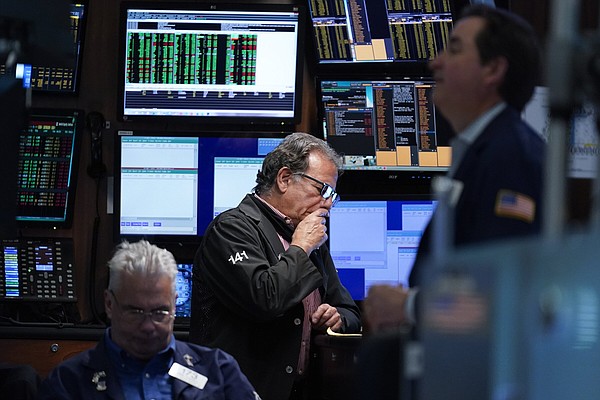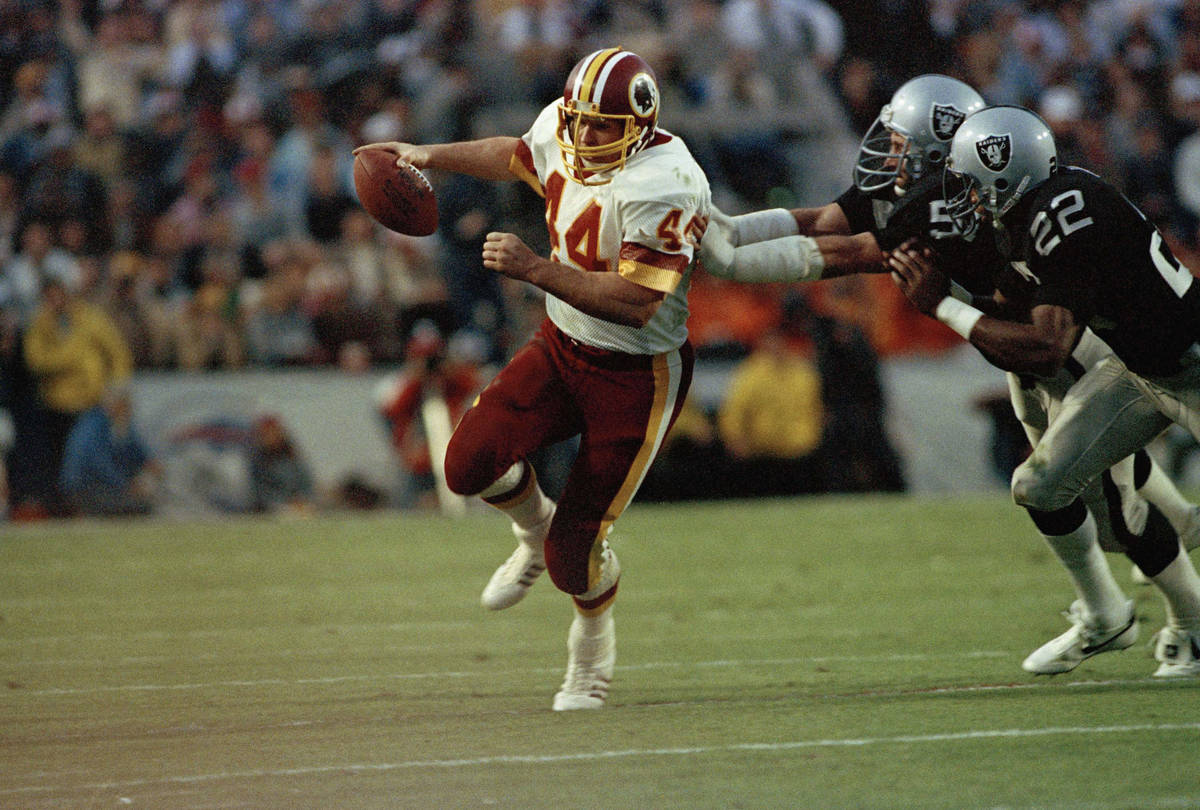
On Wall Street, the S&P 500 was more than 21% below its record set early this year.

It’s back to where it was in late 2020 and down from a peak of $68,990 late last year. Bitcoin tumbled more than 17% from a day earlier and dropped to $23,222, according to Coindesk. Some of the biggest hits came for cryptocurrencies, which soared early in the pandemic when record-low interest rates encouraged some investors to pile into the riskiest investments. In Europe, Germany’s DAX lost 2.4%, and the French CAC 40 fell 2.7%. Stocks there were also hurt by worries about COVID-19 infections in China, which could push authorities to resume tough, business-slowing restrictions. In Asia, indexes fell at least 3% in Seoul, Tokyo and Hong Kong. The pain for markets was worldwide as investors braced for more aggressive moves from a coterie of central banks. If the two-year yield tops the 10-year yield, some investors see it as a sign of a looming recession. The gap between the two-year and 10-year yields has also narrowed, a signal of dropping optimism about the economy in the bond market. It has more than doubled this year and touched its highest level since 2011. The 10-year yield jumped to 3.34% from 3.15%, and the higher level will make mortgages and many other kinds of loans for households and for businesses more expensive. The two-year Treasury yield shot to 3.23% from 3.06% late Friday after touching its highest level since 2007, according to Tradeweb. bond yields to their highest levels in more than a decade. It’s all a sharp turnaround from earlier in the pandemic, when central banks worldwide slashed rates to record lows and made other moves that propped up prices for stocks and other investments in hopes of juicing the economy. Those would come on top of some already discouraging signals about the economy and corporate profits, including a record-low preliminary reading on consumer sentiment that was soured by high gasoline prices.
#Image of mike at the weather wall series#
No one thinks the Fed will stop there, with markets bracing for a continued series of bigger-than-usual hikes. Traders now see a 28% probability of such a mega-hike, up from just 3% a week ago, according to CME Group. That’s triple the usual amount and something the Fed hasn’t done since 1994.

Some economists are even speculating the Fed on Wednesday may raise its key short-term interest rate by three-quarters of a percentage point. “The best thing people can do is to not panic and don’t sell at the bottom,” said Randy Frederick, managing director of trading and derivatives at the Schwab Center for Financial Research, "and we’re probably not at the bottom.” With the Fed seemingly pinned into having to get more aggressive, prices tumbled for everything from bonds to bitcoin, from New York to New Zealand, with the sharpest drops hitting the biggest winners of the earlier low-rate era. Its main method is to raise interest rates in order to slow the economy, a blunt tool that risks a recession if used too aggressively. The center of Wall Street’s focus was again on the Federal Reserve, which is scrambling to get inflation under control. Eastern time, and the Nasdaq composite was 3.4% lower. The Dow Jones Industrial Average was down 591 points, or 1.9%, at 30,792 as of 1:58 p.m. The S&P 500 dropped 2.7% in the first chance for investors to trade after getting the weekend to reflect on the stunning news that inflation is getting worse, not better. NEW YORK (AP) - Fears about a possible recession are pounding markets Monday, and Wall Street's S&P 500 tumbled into the maw of what's known as a bear market after sinking more than 20% below its record set early this year.


 0 kommentar(er)
0 kommentar(er)
